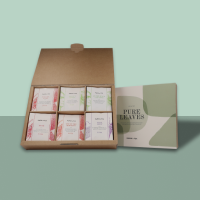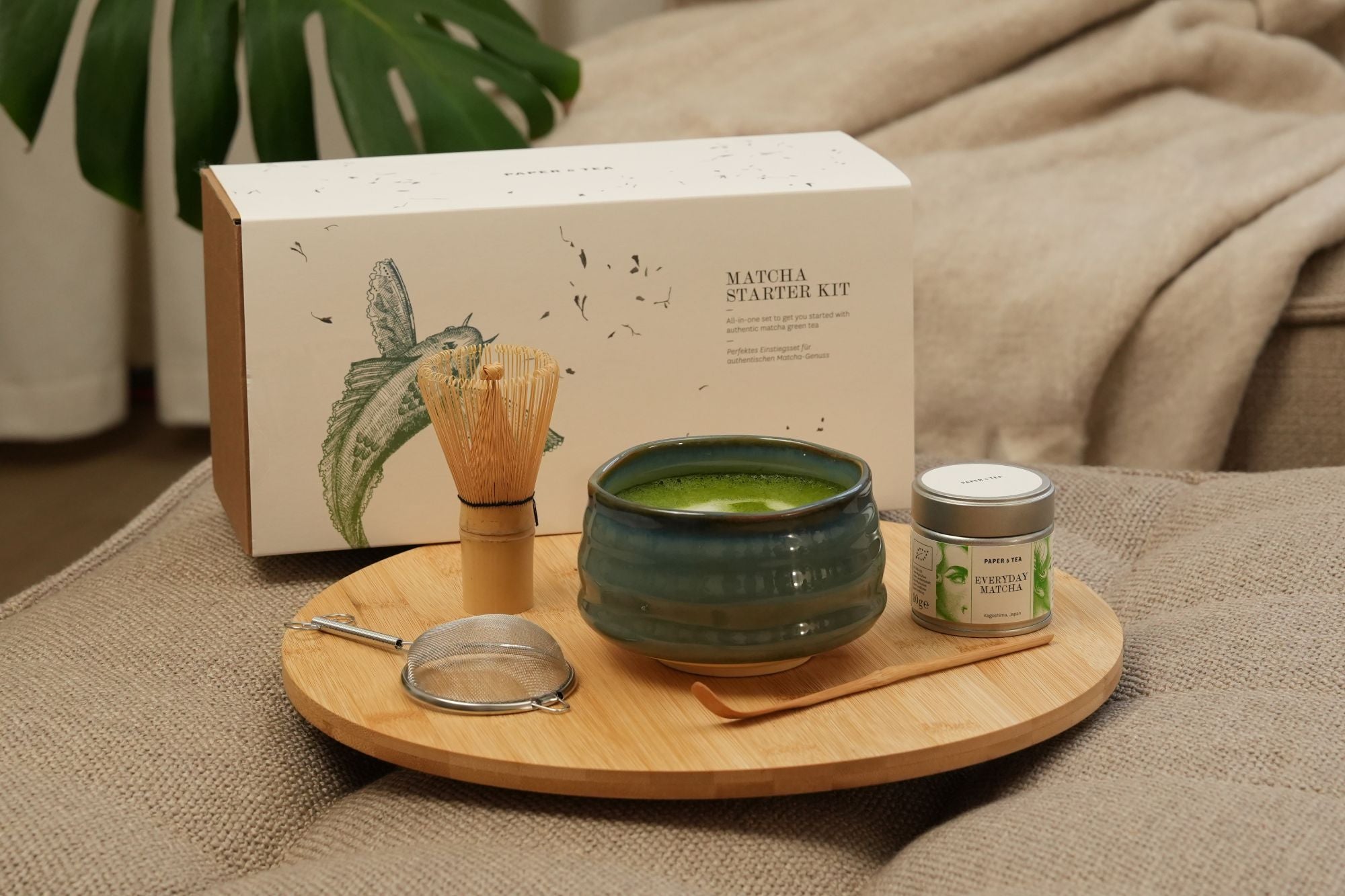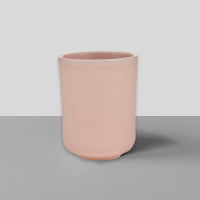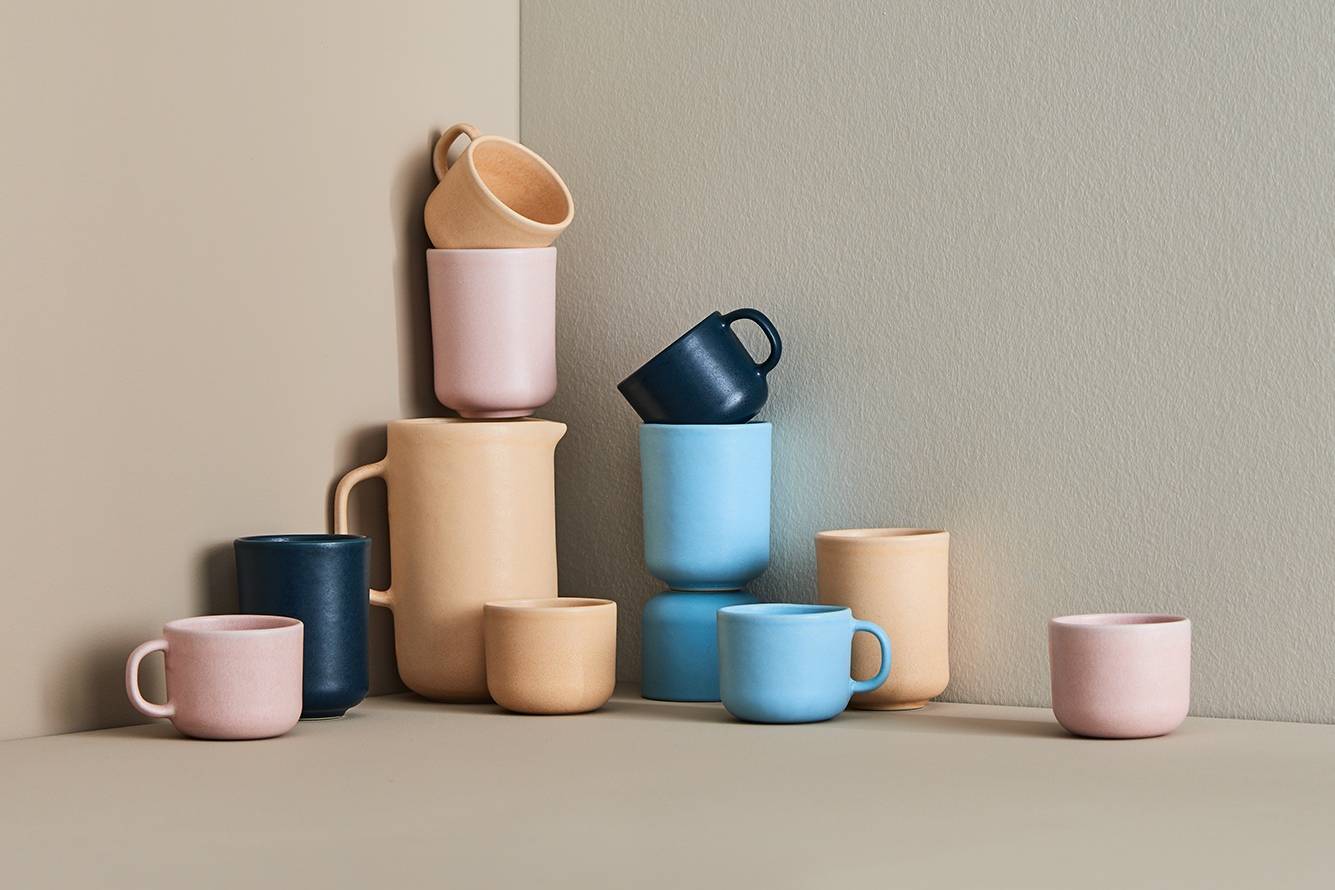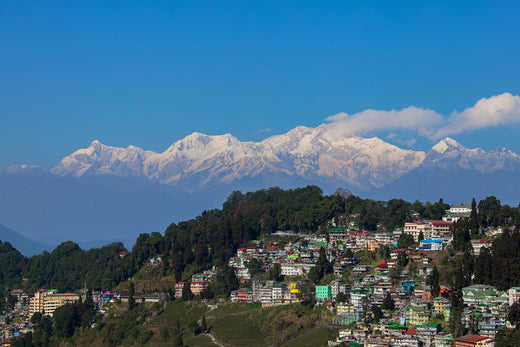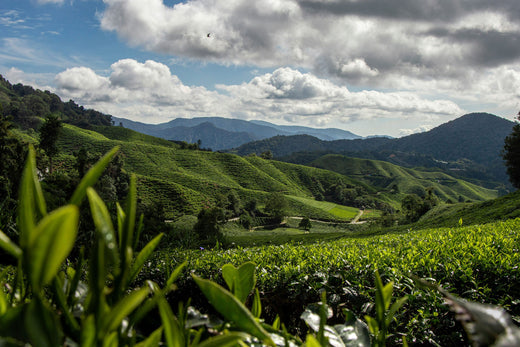Imagine this - The long, cold winter is finally over. With the first slightly warmer rays of sunshine, nature returns to life from its slumber. This includes our beloved tea plant producing the most tender, delicate buds at the beginning of spring which are especially cherished. The tea made from these shoots is world-famous as "First Flush." What exactly does this term mean, and what makes First Flush teas so popular? You will find out in this article.
What does First Flush mean?
The term "First Flush" refers to the initial tea harvest period, which takes place in spring. For most high-quality teas, there are two harvest seasons: spring and summer. The spring harvest, known as the First Flush, is exceptional due to the unique growth conditions that yield exceptionally flavorful shoots. During the day, it is already warm and sunny, but at night it remains cool enough to slow the growth of the tea plant. This slower growth allows the flavors and aromas to concentrate in the leaves. Additionally, the plant has absorbed and stored a lot of nutrients over the winter. These now accumulate in the fresh shoots until spring, contributing to the unique taste experience.
After the first picking, known as the First Pluck, the plant takes about 10-14 days to develop new buds. During the First Flush season, usually from early March to May, multiple pickings take place. The frequency of these pickings depends on various factors such as the weather, the environment, and the plant itself.
Difference from Second Flush
After the First Flush comes the Second Flush, the summer harvest. This occurs between the end of May and early July, and in some regions and for certain tea varieties, it can extend beyond this timeframe. The tea leaves of the Second Flush are more mature, having remained on the plant longer. As a result, when brewed, they show a more intense and stronger flavor than the First Flush. Have you tried our Second Flush Darjeeling MUSE or our NANDANA from Assam? Both are products of the second harvest and provide a rich tea experience for black tea enthusiasts who enjoy malty notes.

By the way: Despite its name, the Second Flush is not the second harvest; in many regions, it is preceded by a smaller harvest known as the In-Between Flush that follows the First Flush. Similarly, the Third Flush, also called Autumnal, is technically the fifth harvest. Between it and the summer harvest is the Monsoon Flush, which is picked during the heavy rains in regions like Darjeeling and Assam.
- First Flush (Spring Harvest): Late February/Early March to May
- In-Between Flush: Late April to Early June
- Second Flush (Summer Harvest): Late May to Early July
- Monsoon Flush: June to September
- Third Flush (Autumn Harvest): Late October to November
The Origin of First Flush Tea
The term "First Flush" is primarily associated with Darjeeling tea. Nestled in the Indian state of West Bengal, at the foothills of the Himalayas, this region has been crafting the so-called "Champagne of Teas" for 200 years.
Tea Gardens & Regions
High-quality Indian First Flush teas do not come only from Darjeeling but also from Assam and Nilgiri. These regions are renowned for their dedicated cultivation of premium spring harvest varieties.
Harvest Time & Conditions
The climatic conditions in these regions are especially favorable for tea cultivation. The elevation of the eastern Himalayan foothills, which ranges from 600 to 1,800 meters, along with regular sunlight and heavy rainfall from June to September in Darjeeling, creates the perfect environment for producing high-quality teas with distinctive flavor profiles. The harvesting process, which involves picking two leaves and a bud, is done by hand because the steep hills make using harvesting machines impractical.

Assam boasts a subtropical to tropical climate, with high temperatures, nutrient-rich soils, and abundant monsoon rains that foster the growth of tea plants. In the fertile, low-lying valleys of the Brahmaputra, these conditions are perfect for producing our beloved Assam tea, known for its distinctive strong and malty flavor.
In contrast, the climate in the Nilgiri Mountains is quite different. Here, the temperatures are milder, and the soil has a volcanic origin. The high-altitude farms, ranging from 1,000 to 2,500 meters, allow the tea plants to grow slowly, providing ample time for the leaves to develop their complex flavors.
The Flavor of First Flush Tea
The aroma profile of a First Flush tea is especially diverse. A First Flush Darjeeling is characterized by a delicate, floral to robust aroma with crisp, fresh notes and a hint of muscatel.
Of course, besides black tea, there are other types of tea for which the First Flush is of great significance. For instance, Chinese green tea like Anji Bai Cha is highly appreciated by tea enthusiasts worldwide, particularly the First Flush. It features a creamy, mild taste with sweet, nut milk notes. Do you have a favorite First Flush tea?
Preparing the perfect First Flush Tea
Overall, preparing a First Flush tea is similar to preparing other teas. However, just be honest - sometimes we do not take the time for a slow and mindful preparation; we pour hot water, let it steep, and then enjoy our cup. But with a First Flush tea, it is worth considering a few specific tips to enhance the experience.
Our Preparation Tips & Tricks
To fully savor the fine, delicate taste of your First Flush tea, here are some helpful tips and tricks:
- Store your First Flush tea in an airtight container kept in a cool, dark place.
- Always use fresh, filtered water for brewing.
- Preheat your teapot by rinsing it with hot water.
- Use a thermometer to achieve the ideal water temperature. For spring harvest tea leaves, a lower brewing temperature helps highlight the tea's delicate nuances.
- Steep the leaves for only a short time to avoid any unwanted bitterness.
- Don't hesitate to experiment with water temperature, the amount of tea leaves, and steeping time!

Historical Significance
The intensive tea cultivation in India began in the 19th century during British colonial rule. The British went after reducing their dependence on Chinese tea and established large tea plantations in Assam, Darjeeling, Nilgiri, and other regions. It quickly became evident how much more delicate and floral the flavor of the tea from the first harvest was. This tea became a favorite of Queen Victoria and rapidly gained worldwide popularity. The British monarchy significantly contributed to the esteemed reputation of First Flush Darjeeling. Even today, this royal tea is served on official occasions.
Even outside the British royal family, First Flush Darjeeling has maintained its status as an exclusive luxury good. Right after the spring harvest, it reaches connoisseurs worldwide as "First Flush by Air." Rapid air transport is the best way to savor the young, delicate tea buds at their peak freshness. While sea transport may allow the tea to mature slightly, this does not mean it significantly loses its flavor on a longer journey. Its vibrant aroma and lovely floral notes remain intact, offering tea lovers an aromatic adventure regardless of the route.
A Must-Try for every Tea Enthusiast
Have you ever tried First Flush teas? We have two exceptional varieties that we would like to introduce to you. First, there is QUEEN'S GRACE, a First Flush Darjeeling. This black tea captivates with its fresh, delicate taste and the characteristic floral aromas of First Flush Darjeeling, resulting in a beautiful, light golden cup when brewed. It is an irresistible temptation for black tea fans!
If you are more of a green tea lover, we recommend our HANAMI FLUSH. This exceptional Japanese rarity is a First Flush (Shincha), which produces a vibrant green cup when brewed. The delicate leaves are harvested early in the morning and then deep steamed, resulting in rich, sweet, and robust umami notes.
For Earl Grey enthusiasts, we recommend our Blue Earl. For this exquisite organic tea, we blend the finest First Flush Darjeeling black tea with bergamot oil and cornflower petals.

